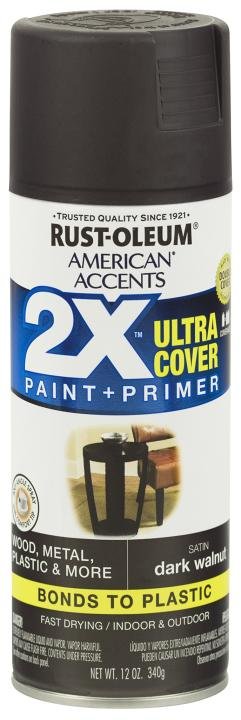Masta' C
Well-known member
Any tips on the best way to "ebonize" or permanently darken an annoyingly light rosewood fretboard? I've tried oiling it, but it's just a very light piece of wood overall.
I know traditional stains can wear through with playing, but are there some that are better/more durable for a fretboard than others?
Also, this neck has white binding and white inlays...would prefer not to damage them if possible.
Any tips or suggestions are greatly appreciated!
:beerchug:
I know traditional stains can wear through with playing, but are there some that are better/more durable for a fretboard than others?
Also, this neck has white binding and white inlays...would prefer not to damage them if possible.
Any tips or suggestions are greatly appreciated!
:beerchug:

